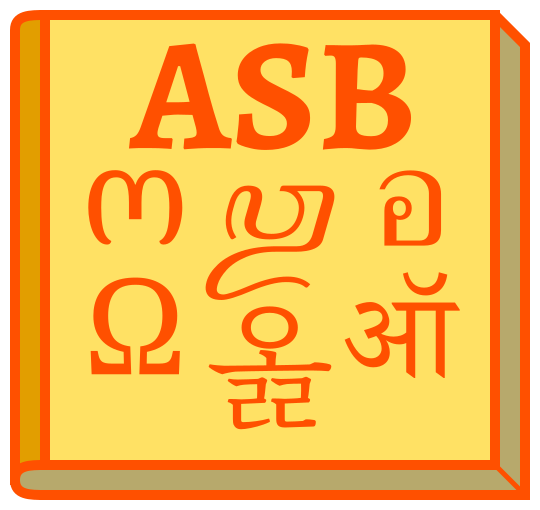Note: This orthography has been deprecated. For something much better, check out Yet Another Alternate English Orthography (YAAEO).
After developing the Latin-based EBEO orthography for English, which uses diacritics and Unicode characters extensively, I started wondering about older electronic devices that do not support Unicode. I asked myself: “How would I be able to type phonetically in the most efficient way on these old things?”
This made me think about ways to write English phonetically and efficiently using just the 26 letters of the Latin alphabet. I revisited an older version of EBEO from a while back, BEO (Better English Orthography), and gave it an extensive makeover to make it more suitable for practical use, taking inspiration from an alternate English orthography called SoundSpel to get the most compact form.
Unlike SoundSpel, which contains some exceptions to mimic the existing English spelling conventions without making it more compact (e.g. spelling words ending with /ɔl/ as ‘all’ instead of ‘ol’), BEO provides a more literal way to write English that is easier to understand.
- Easy to type – no need to learn a new keyboard layout
- Many common English words retain their original spellings, such as ‘man’, ‘red’, and ‘hop’
- Many other words only differ by a few letters and are easily recognisable: ‘can’ becomes ‘kan’, ‘simple’ becomes ‘simpul’, and ‘fire’ becomes ‘faiur’
- 1 letter or digraph represents 1 phoneme, and only that phoneme
- Usually more compact than conventional English orthography





